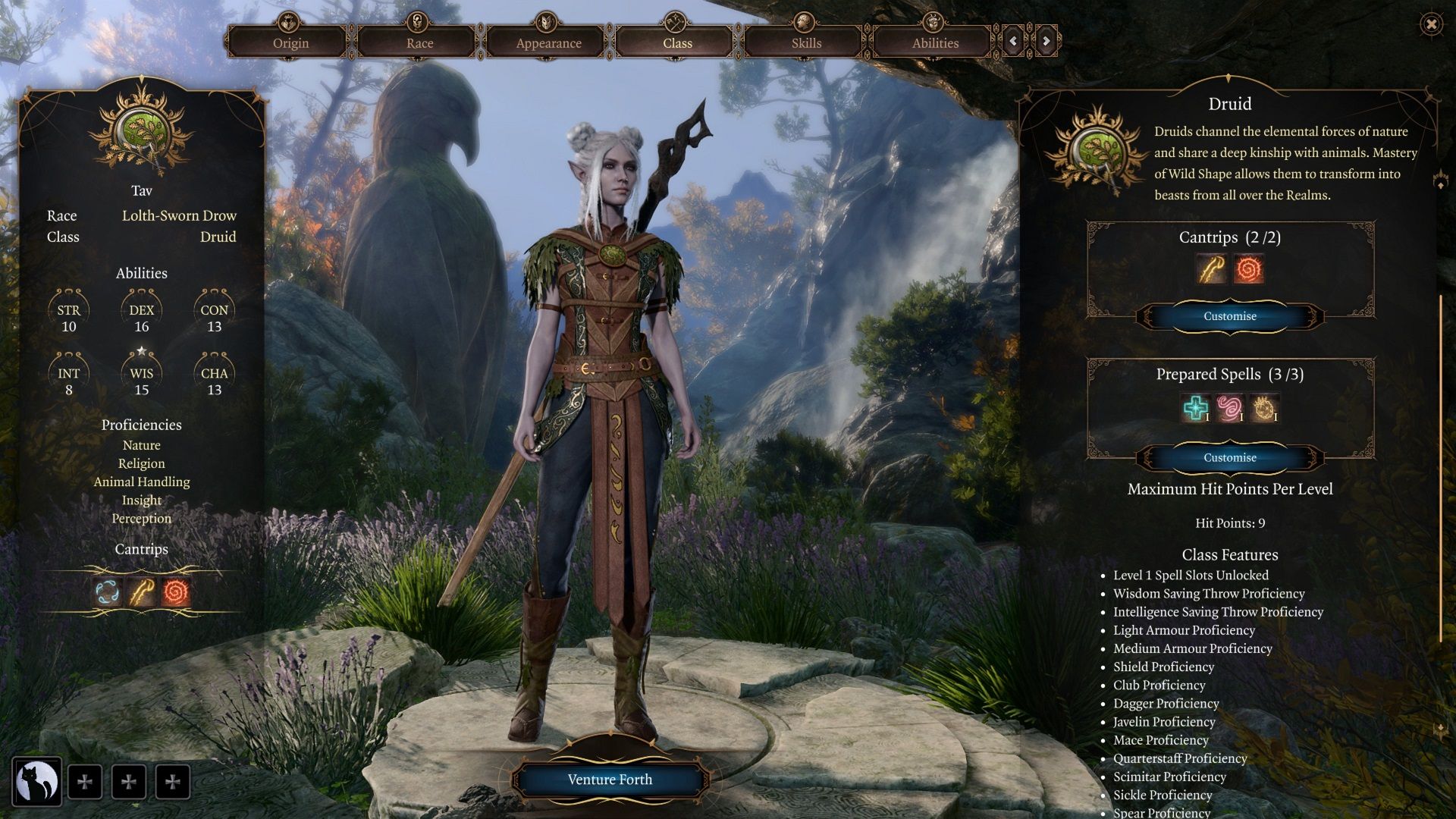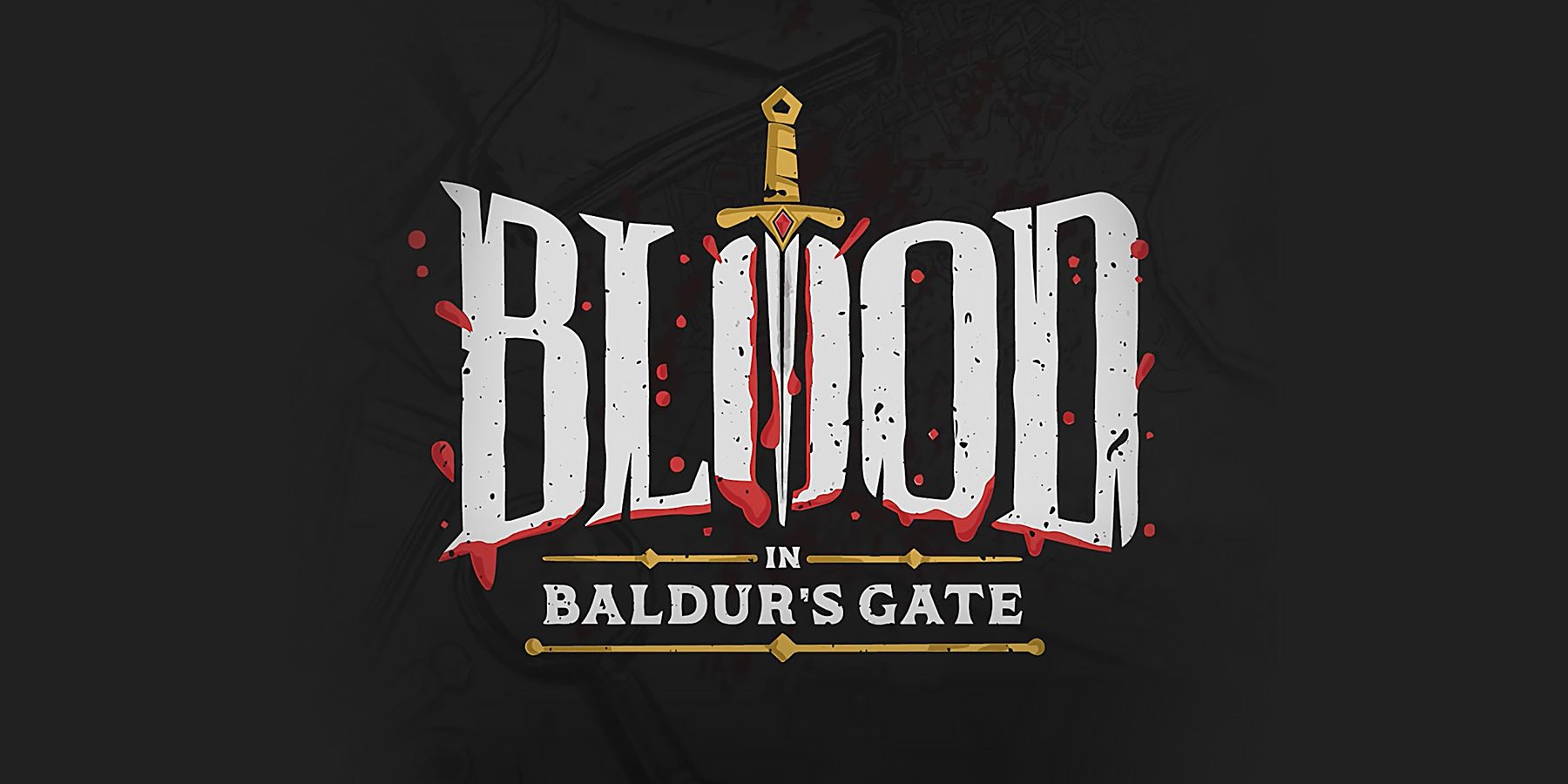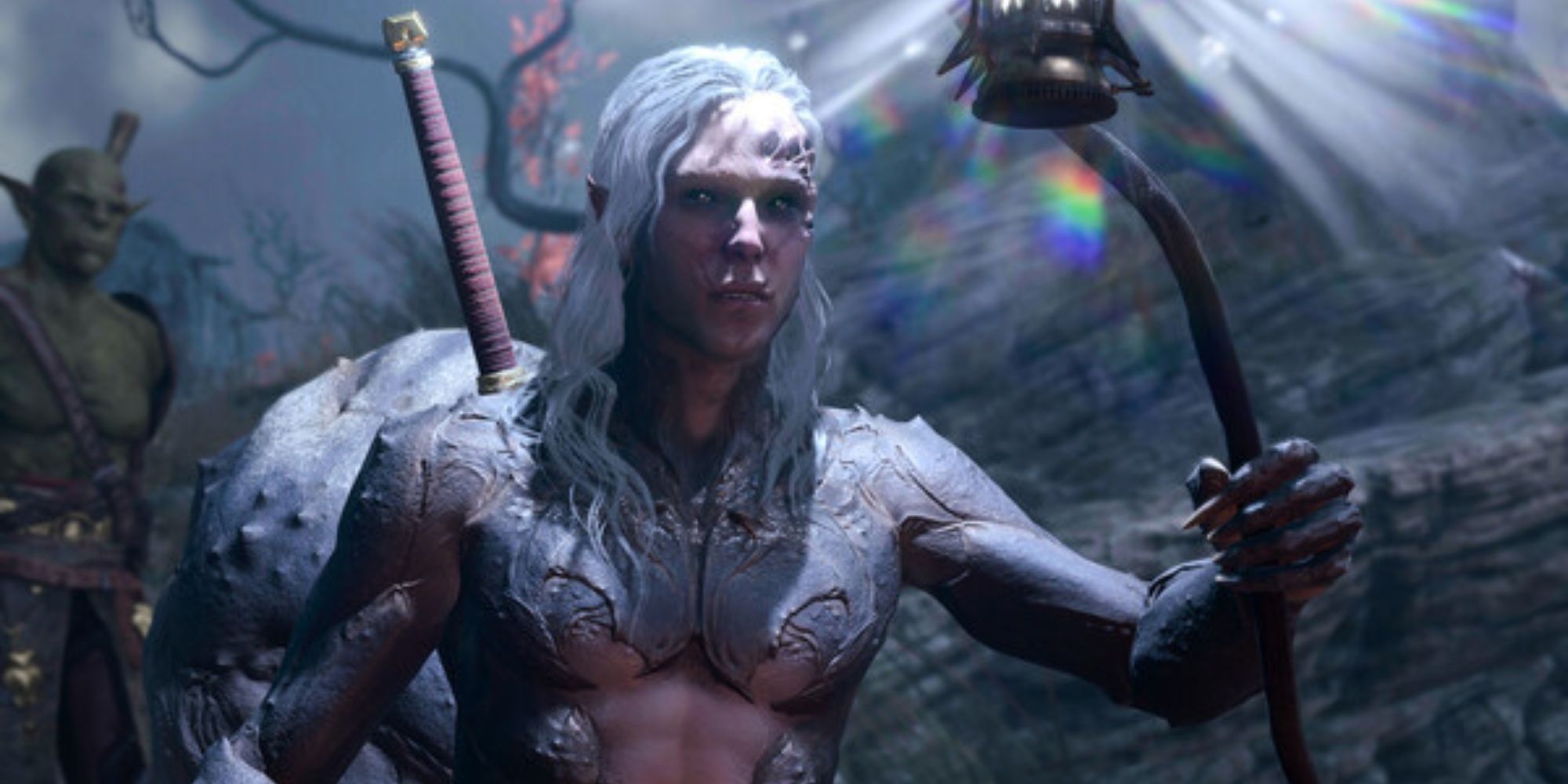
Unleash Nature's Fury: Unveiling the Ultimate Power of the Druid in Baldur's Gate 3

Unlock the full potential of your gameplay in Baldur's Gate 3 by embracing the dynamic and adaptable nature of Druids With their unrivaled versatility, Druids excel as both formidable attackers and reliable defenders, making them an exciting and essential class to experience
Baldur's Gate 3 offers players a multitude of tough decisions to make, especially when it comes to choosing a class and race. With 11 races, 12 classes, and 46 subclasses, the options can be overwhelming. However, Druids may be the ideal choice for those struggling with decision-making, as they excel in various areas.
Unlike many classes in Baldur's Gate 3, Druids possess unmatched versatility. They have the ability to specialize in different fields without the need for multiclassing. While both Druids and Rangers have a connection to nature, Druids focus more on spellcasting. They can provide support, healing, and unleash offensive powers, allowing for viable melee-centered builds.
Druids in Baldur's Gate 3 Function Great as Attackers and Defenders
While a Druid in Baldur's Gate 3 may not reach the same level of toughness as a Barbarian or possess the same magical capabilities as Wizards and Warlocks, they compensate for it by excelling in one of those areas while still benefiting from the others. In addition to having proficiency in Simple Weapons and Shields, they have the ability to wear Light Armor and Medium Armor without hindering their spellcasting abilities. Unlike other magic classes, who require a separate feat to wear heavier armor sets, Druids avoid this drawback and can allocate their feats elsewhere.
What sets Druids apart from other DnD classes is their unique ability to transform into various animals, each with its own distinctive capabilities. Whether it be a wolf that bolsters allies or an owlbear that tears through enemies, these transformations offer situational benefits. Furthermore, Druids have the advantage of gaining certain abilities typically associated with familiars, without having to deal with the drawback of familiars being relatively weak.
In Baldur's Gate 3, the choice of a Druid's subclass has a significant impact on gameplay, offering three different options. The subclass selection is crucial as it determines the unique abilities and spells available, making it feel almost like choosing a brand new class.
For players who prefer a traditional Druid playstyle, the Circle of the Land subclass is ideal. This subclass emphasizes a deep connection with nature, granting additional spells based on the chosen landform.
Circle of the Moon offers players the opportunity to transform into a wider range of formidable creatures for combat, including the mighty polar bear. In addition, this subclass excels at tanking due to a unique modifier that boosts health increases with each level.
On the other hand, Circle of the Spores caters to those players who desire their Druid to delve into the realm of necromancy. This subclass not only provides access to offensive spells but also enhances their ability to deal significant damage.
When creating a Druid focused on melee combat, it is crucial to consider that their saving throws will always depend on intelligence or wisdom, regardless of the subclass chosen. Therefore, if players are not cautious with their stat distribution, they may hinder the effectiveness of this build. The impact of this issue may vary depending on the race chosen in Baldur's Gate 3, but it is still important to keep in mind.
Regardless of the subclass chosen, a Druid will prove to be a valuable asset to any party. They possess a diverse range of offensive and defensive abilities that can compensate for the absence of a Cleric, Fighter, or Wizard. Additionally, their unique skill to transform into different animals with various uses further enhances their capabilities, whether it involves boosting allies or diverting enemies' attention. This aspect of experimentation aligns perfectly with the essence of Baldur's Gate 3, allowing players to explore unconventional builds that ultimately prove highly advantageous in the long term.
Baldur's Gate 3 comes out August 3 for PC and September 6 for PS5.














